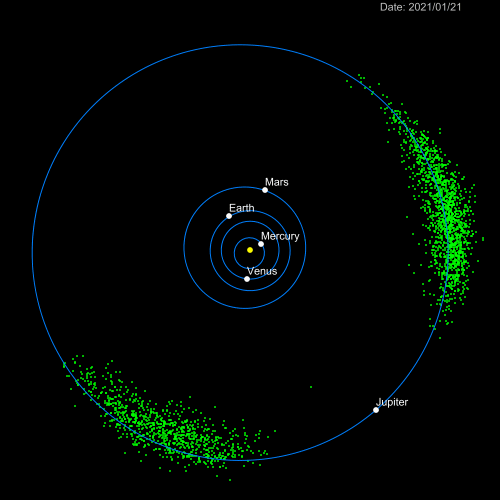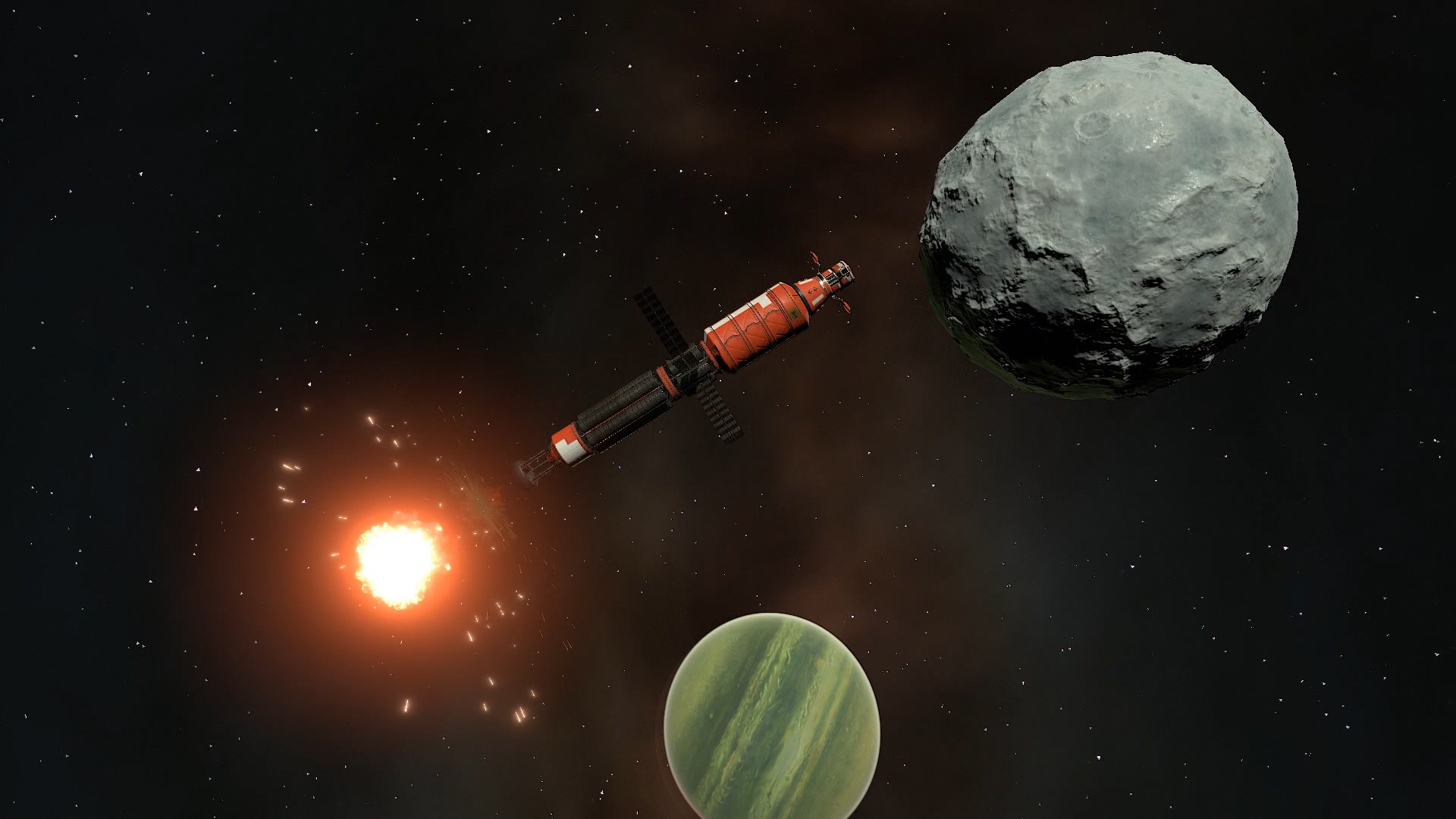

I think 2 body physics is a good level of detail to have in the game. This basically, aside from implementing it in the game that surely must increase computer load a bit, given that you could no longer have however many craft on rails when unfocused. For the rest, the learning curve for KSP would just become a bit steeper.
KERBAL SPACE PROGRAM 2 LAGRANGE POINTS HOW TO
So yes, a few advanced players would probably know how to handle them. So many players can't even work with anything but an equatorial orbit, these would definitely not appreciate existence of lagrangian points because they would have no idea how to even find them, not mentioning how to place something into them. Stable and deterministic orbits are comfortable, easy to understand, easy to handle.

In my humble opinion, true N-body physics would be annoyance, not an improvement in KSP. And even without auto stationkeeping, it'd still make for a much better experience. We'd need better tools for trajectory plotting and some sort of automated stationkeeping, but the main uses of it would be maintaining otherwise unstable orbits, which can be of great use. N-body would change the game unimaginably. It's a common misconception, and it's utterly and completely wrong. Check out Principia thread on a detailed (and math-heavy) explanation.Īs for the second, see above. And will not asking was harmless and its not your fault but please search and read a lot before arguing or complaining, they get brought up far beyond nauseam. All thanks to something called symplectic integration. But calculating them can be done in an efficient, CPU-light way. Yes, the n-body simulation does not have a formula, the solutions are chaotic. In practice, n-body physics wouldn't have too much of an effect apart from a few special cases - like the lagrange points. This would be very computer intensive (and I think make time warp of orbits subject to the same kind of wobbles as physics time warp on launch). a formula, which means that you essentially have to "simulate" the motion time step by time step. eventually you'll be warping to Eeloo and come back and find your Mun Lagrange station hit the SOI change too hard and is now ejecting from Sun.To elaborate, n-body physics does not have a "simple solution" i.e.
KERBAL SPACE PROGRAM 2 LAGRANGE POINTS INSTALL
But if it did work I'd probably install it for the novelty if for nothing else.' I don't want it enough to go through all the work to try. The real problem is that L4/L5 arent really stable. Lagrangian points derivation assumes point-object. I don't know if you can do this in Unity, or in KSP. Lagrange points are solutions to the three body problem, so adding a third body is. There'd be no crazy high pull at the center because of the concentric nature of the two SOIs and the fact that the inner one had no gravity. Then anything within the center SOI would just slowly wander toward the outer SOI, and when it hit that SOI it would get gently nudged back. These two SOIs would orbit the planet in step with the moon, 60 degrees ahead and behind it*. The smaller of the two SOIs would then have *0* gravity. If KSP 2.0 ever gave physics to celestials, then wed have good Lagrange points. Having fixed Lagrange points in Jool where nearby moons magically dont perturb your orbit would feel strange too. One way to do this mathematically within the confines of the patched conic system is to have 2 concentric SOIs, the larger being about the size of about where stuff would tend to - if it wandered there on its own - stay in place. Having exploitable lagrange points in one system and not the other wood feel strange. Really what people want is a spot where stuff tends to stay there, relative to the planet and moon.


 0 kommentar(er)
0 kommentar(er)
